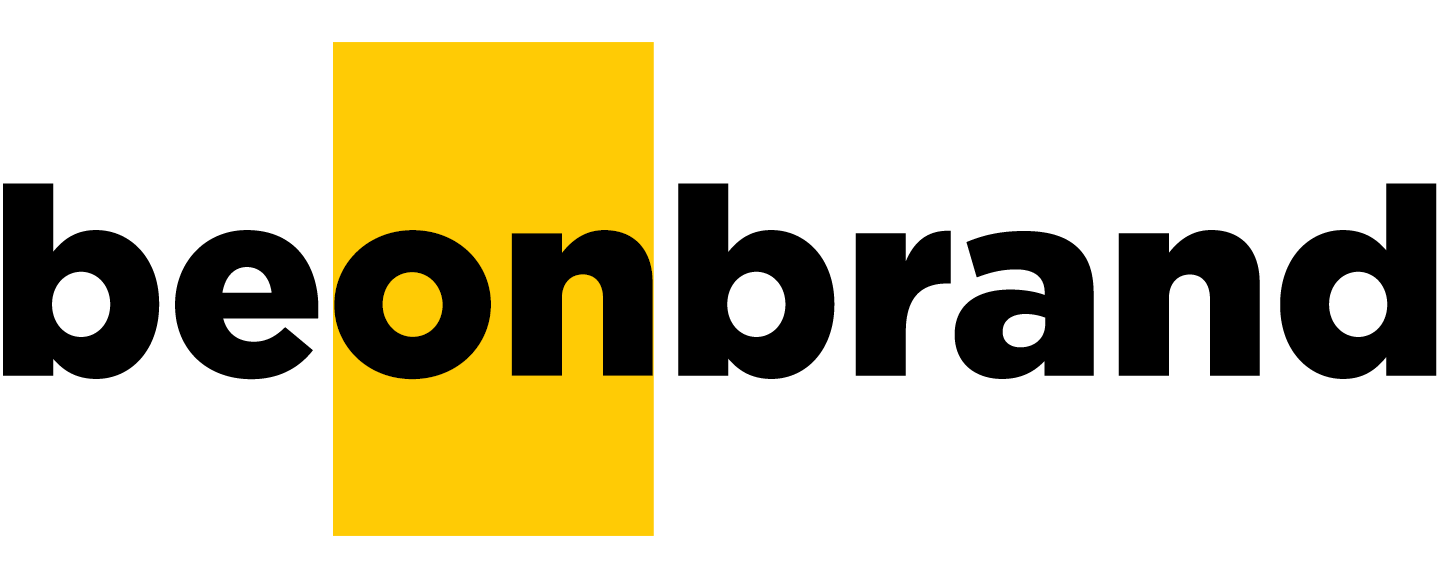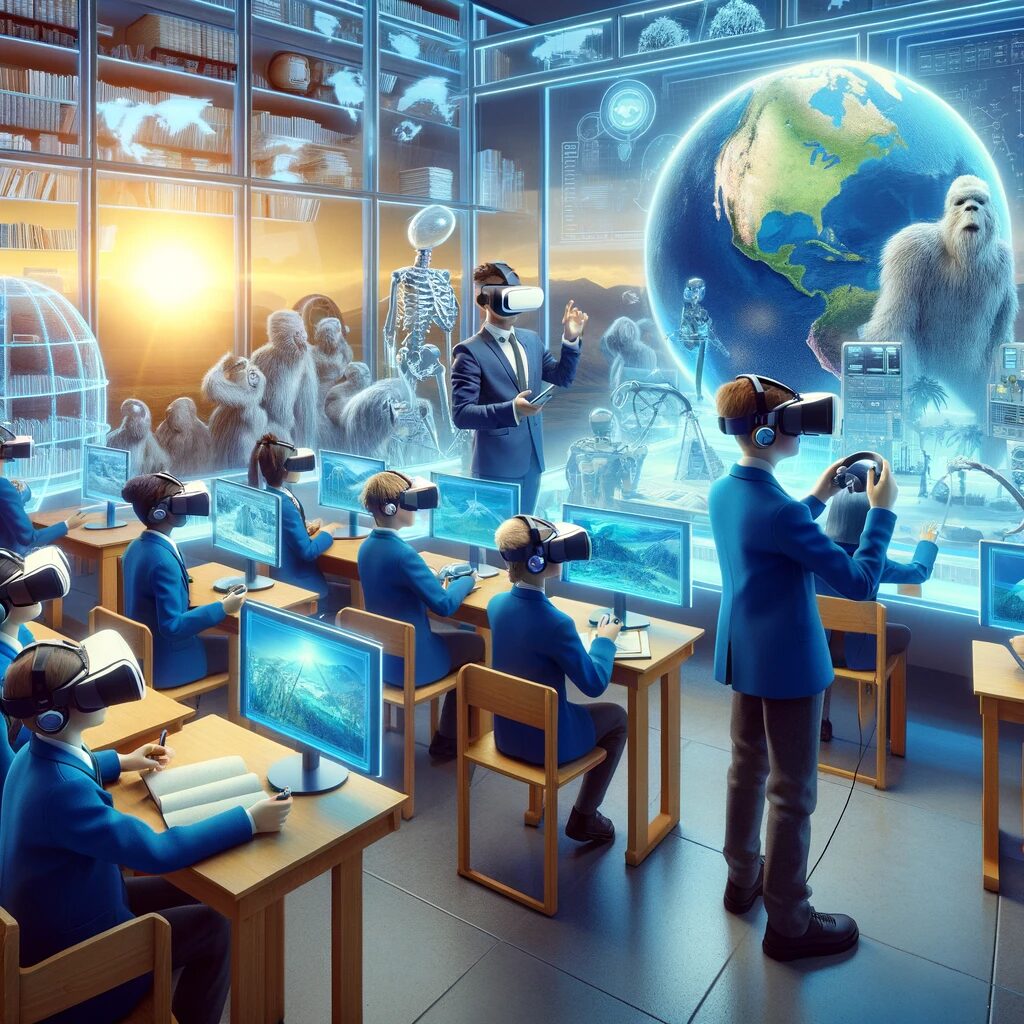
Digital Transformation in Canadian Education
The landscape of Canadian education is undergoing a seismic shift with the advent of digital transformation. This evolution is not just a trend but a necessity, reshaping how students learn, teachers instruct, and institutions operate.
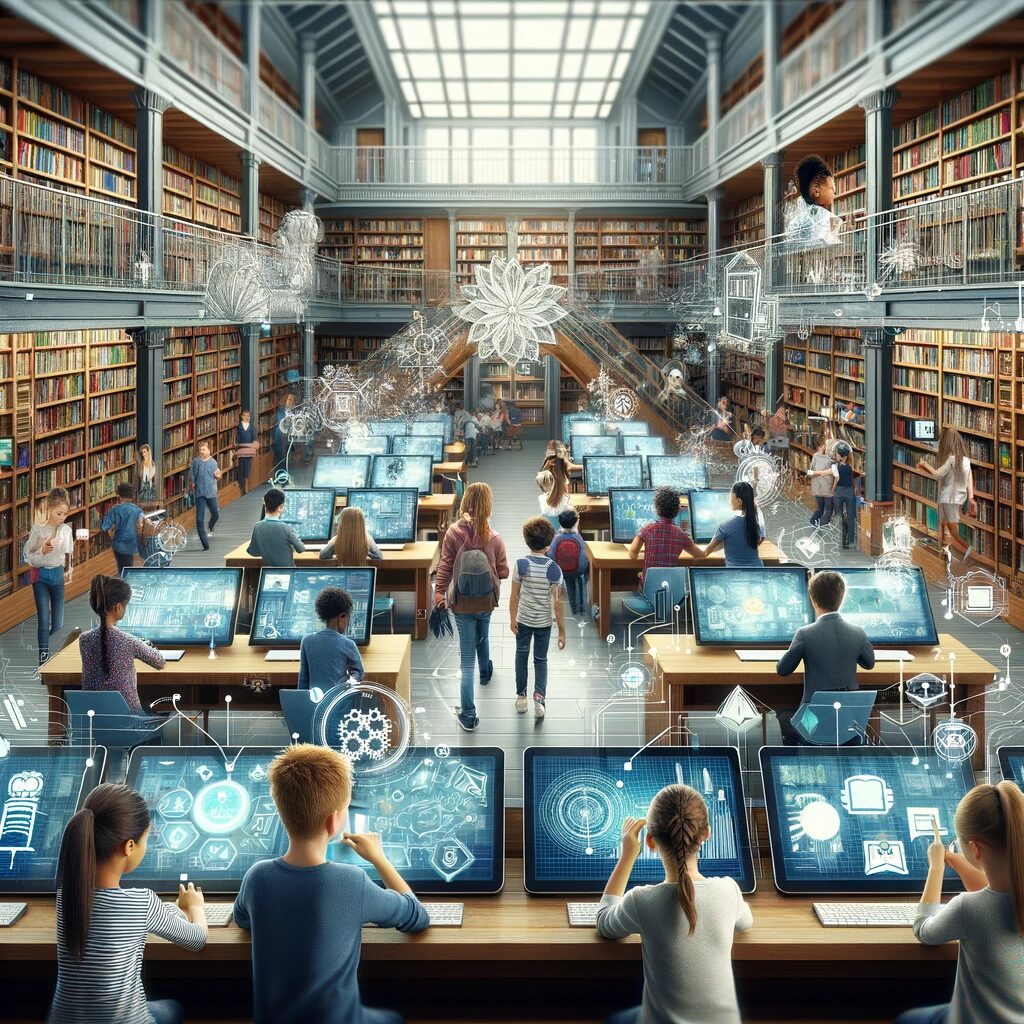
Technology-Enhanced Classroom Coaching
Post-COVID, the reliance on digital methods has become apparent. However, the challenge lies in ensuring quality. Digital transformation in education equates to more than just online classes; it's about creating an ecosystem where technology and traditional methods coexist seamlessly. This includes temperature checks and health monitoring, ensuring a safe learning environment.
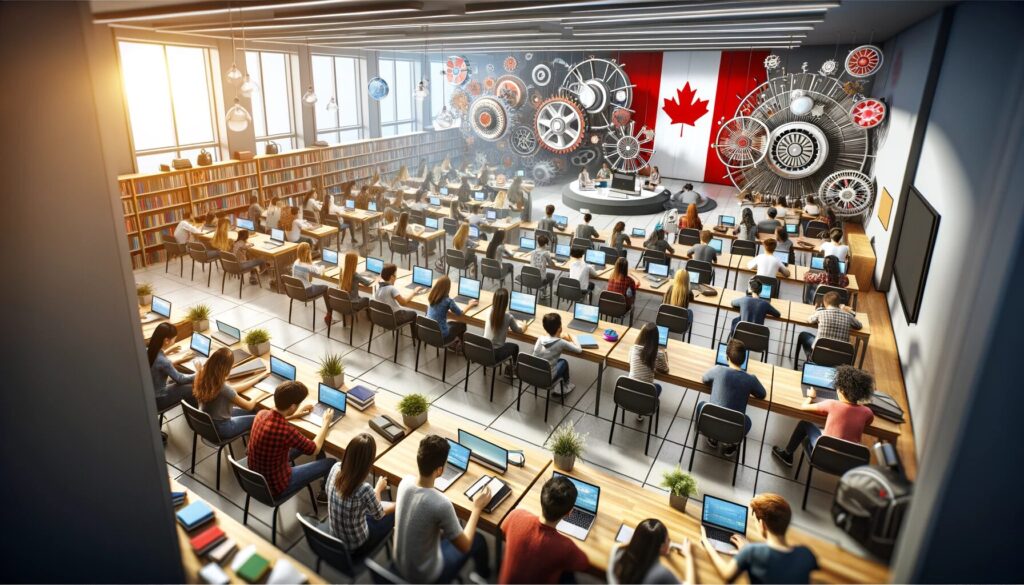
Attendance and Social Distancing through Technology
The concept of contactless attendance, akin to QR codes in restaurants, is now a reality in educational institutions. Technologies like facial recognition for attendance and AI for monitoring social distancing have become essential tools.
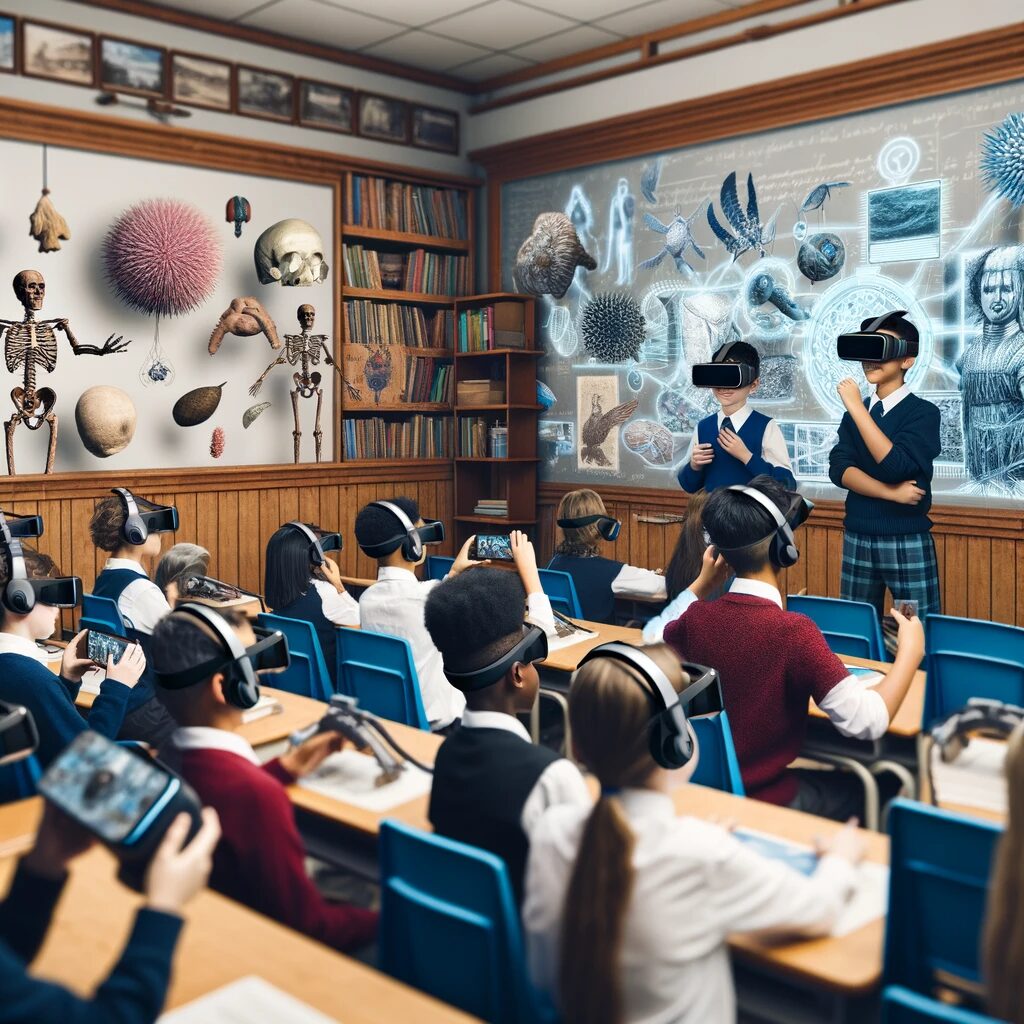
Revolutionizing Admissions
The admission process is now a streamlined digital affair. Gone are the days of physical queues and paperwork. Now, everything from application submission to status updates is managed online, offering a hassle-free experience for students and administrators alike.
Transformation of EdTech Models
EdTech has been the cornerstone of this transformation. Imagine a classroom where interactive whiteboards and digital tablets replace traditional chalkboards and textbooks. This is not just about replacing old with new; it’s about enhancing the learning experience.
Experimentation and Instant Feedback
With digital tools, teachers can experiment with teaching methods and provide immediate feedback. This immediacy enriches the learning process, making education more dynamic and responsive.
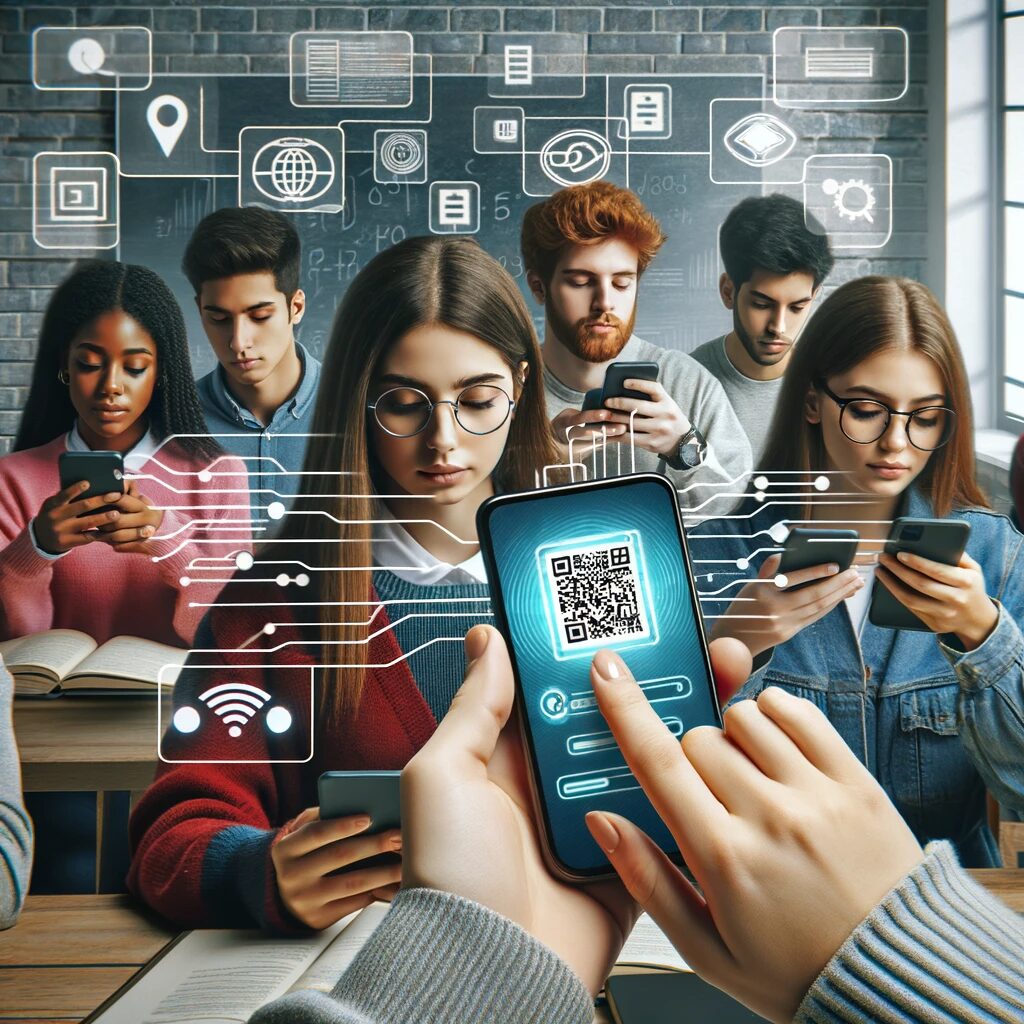
Unlimited Resources
EdTech empowers educators with limitless resources. The combination of software and internet access opens up a world of possibilities for innovative teaching
Efficiency and Automation
EdTech tools alleviate many administrative burdens, allowing teachers to focus more on teaching and less on paperwork.
Developing Life Skills
Introducing young minds to technology not only aids in their academic growth but also equips them with essential life skills, such as multimedia presentation creation and digital literacy.
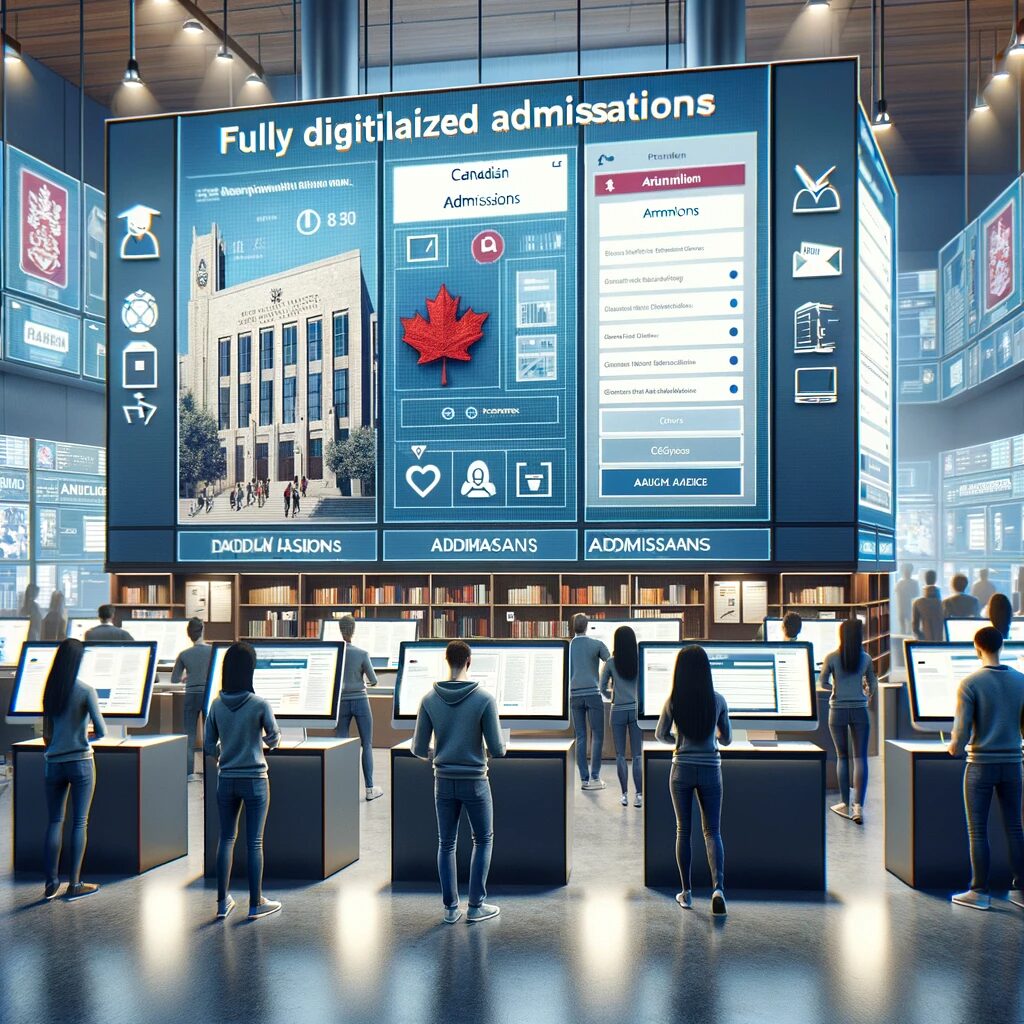
Video Integration and AR/VR
The integration of video conferencing tools for classes has evolved into a more sophisticated digital learning environment. Augmented and Virtual Reality (AR/VR) technologies are bringing subjects like history and biology to life, providing immersive learning experiences.
Gamification and Intellectual Assessment Portals
Gamification in learning, especially in K-12 education, is enhancing retention and engagement. Additionally, online examination platforms with integrated monitoring tools are ensuring fair and effective assessments.
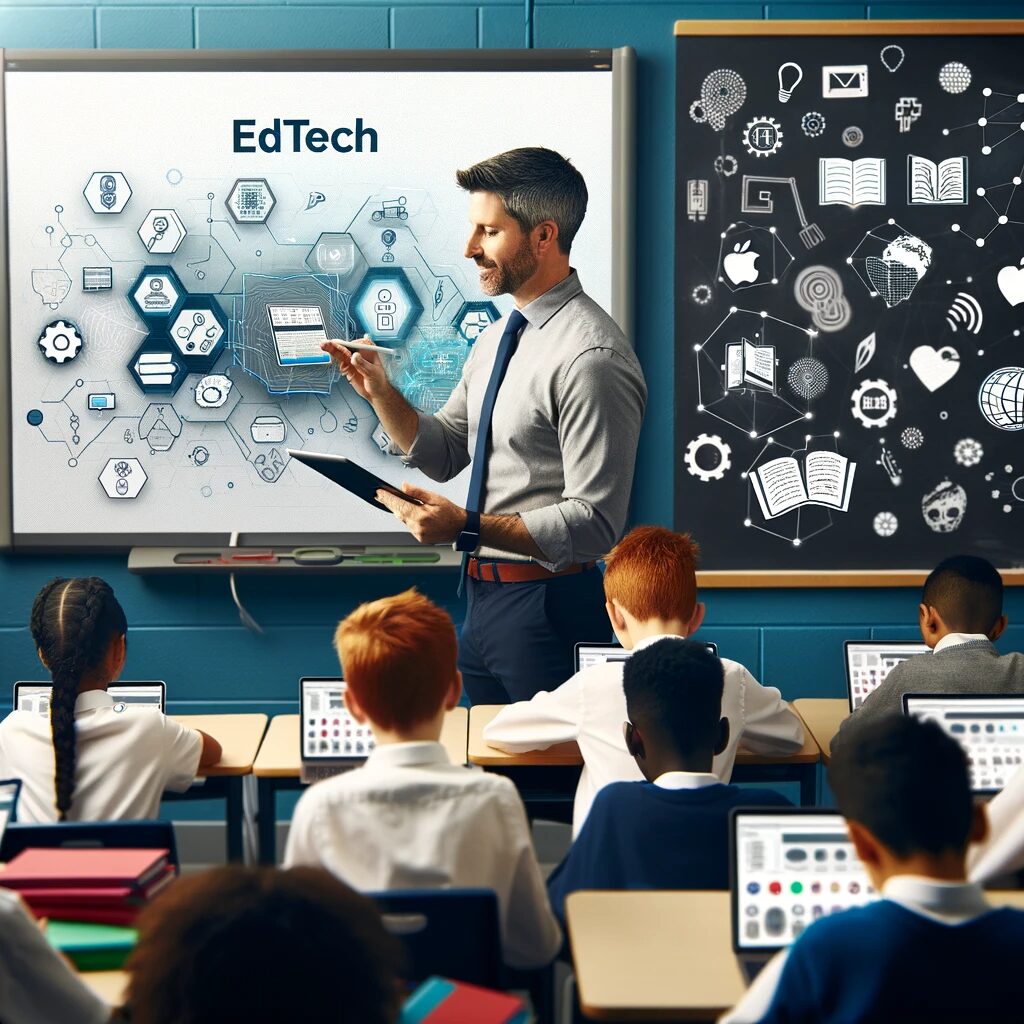
Efficiency and Automation
EdTech tools alleviate many administrative burdens, allowing teachers to focus more on teaching and less on paperwork.
Conclusion
Blended learning models are a beacon of innovation in education. By embracing these models, educators can unlock new potentials in teaching and learning, preparing students for a future where technology and traditional methods coexist seamlessly.
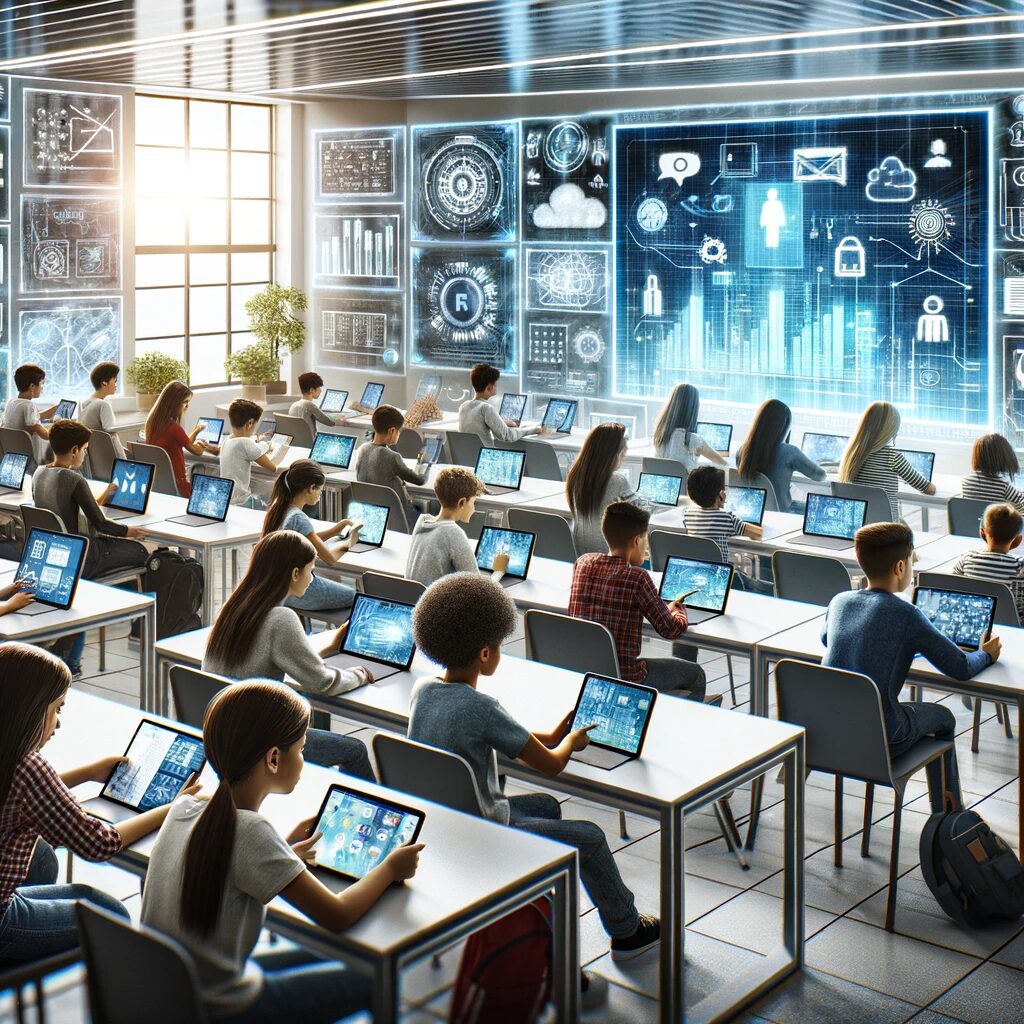
Share this article
Interested in learning more about AI ?


